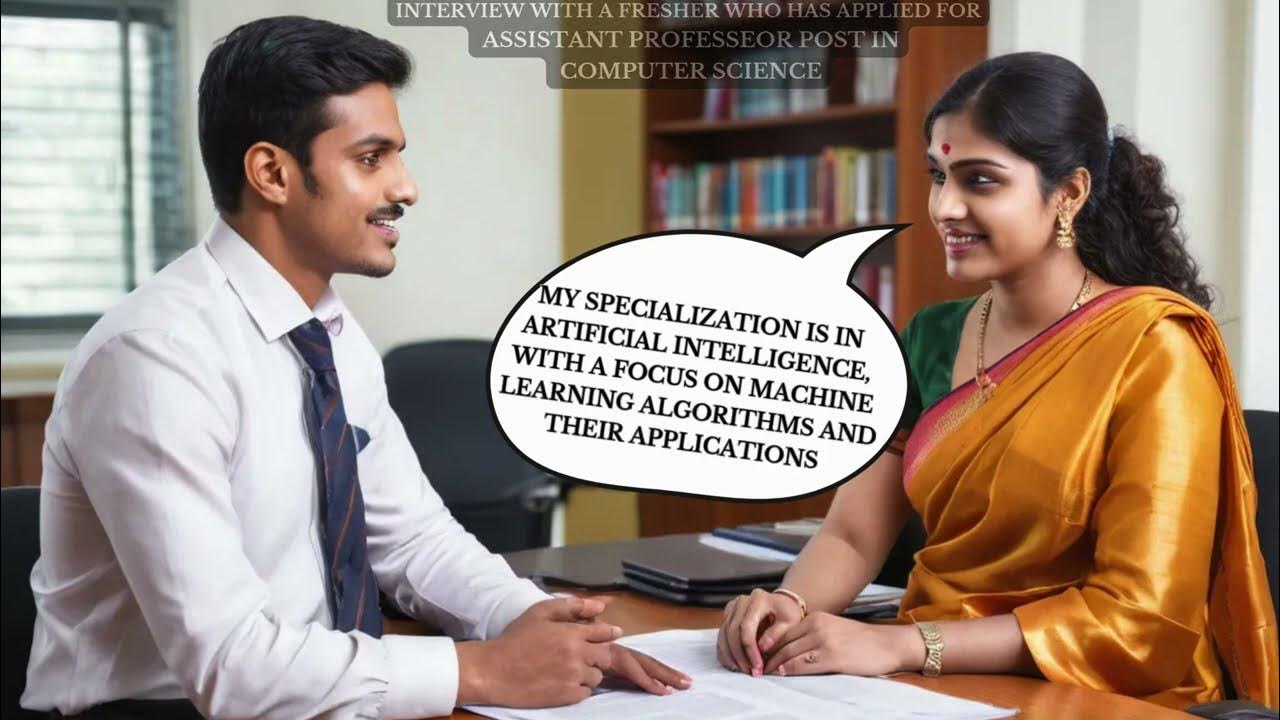SIGGRAPH 2023 Technical Papers Trailer
Summary
TLDRSIGGRAPH 2023 Technical Papers trailer highlights groundbreaking research in computer graphics and interactive techniques. It features innovations like GPU-accelerated simulations, CT scan-based wig digitization, and efficient pixel reorganization. The program also explores packing optimization, fluid-solid coupling, physically simulated character motion, and shape reconstruction. It invites attendees to discover new applications in image deformation, viscous fluid simulation, and character animation, all while celebrating SIGGRAPH's 50th anniversary.
Takeaways
- 🎓 **Technical Papers Advancement**: The SIGGRAPH 2023 Technical Papers program highlights groundbreaking work in computer graphics and interactive techniques.
- 🚁 **Mesh Bag for Helicopters**: A new GPU-based algorithm for finite element hyperelastic simulation can be used for both rigid and deformable objects, like organizing helicopters in a mesh bag.
- 💇 **Digitizing Wigs**: A novel course-defined curve fitting approach can be used to digitize wig libraries from CT scans.
- 🖼️ **Pixel Reorganization**: Image spats technology allows up to two-thirds of the pixels to be reused on interpolated frames, reorganizing pixels efficiently.
- 🧳 **Efficient Packing**: Converting packing problems into spectral problems using a fast Fourier transform can help pack luggage more efficiently.
- 💧 **Fluid-Solid Coupling**: A stable and efficient kinetic two-phase flow simulator can handle fluid-solid coupling, useful for simulating water and other liquids.
- 🚶 **Physically Simulated Character Motion**: Character motion can be physically simulated and learned using a powerful adversarial discriminator.
- 🐵 **Shape Reconstruction**: A new method for template-based shape reconstruction considers vertex density on the mesh during regularization.
- 💃 **Dancing Characters**: Characters can be taught to dance with learned multi-character control policies.
- 🐶 **Pet Image Deformation**: A new GAN-based image deformation method can be used to get pets looking perfect in images.
Q & A
What is the main focus of SIGGRAPH 2023 Technical Papers program?
-The main focus is to showcase advancements in computer graphics and interactive techniques through technical papers that advance the state of the art.
What is the new GPU-based algorithm mentioned for simulation?
-The new GPU-based algorithm is for finite element hyperelastic simulation, applicable to both rigid and deformable objects.
How can one digitize a wig library from CT scans according to the script?
-One can digitize a wig library from CT scans using a novel course defined curve fitting approach.
What technique allows up to two-thirds of pixels to be reused on interpolated frames?
-Image spats is the technique that allows up to two-thirds of the pixels to be reused on interpolated frames.
How is the packing problem converted into a spectral problem?
-The packing problem is converted into a spectral problem using a fast Fourier transform.
What is the significance of fluid solid coupling in the two-phase flow simulator?
-Fluid solid coupling in the two-phase flow simulator allows for a stable and efficient simulation of kinetic interactions between fluids and solids.
How is physically simulated character motion learned as described in the script?
-Physically simulated character motion is learned using a powerful adversarial discriminator.
What new method is used for template-based shape reconstruction?
-A new method that accounts for the importance of vertex density on the mesh during regularization is used for template-based shape reconstruction.
How can characters be taught to dance in the script?
-Characters can be taught to dance using learned multi-character control policies.
What is the new GAN based image deformation method used for?
-The new GAN based image deformation method is used to get pets looking perfect.
How is honey simulated as a finite difference-based viscous fluid?
-Honey is simulated as a finite difference-based viscous fluid where irregular blocks of interior grid cells are replaced with divergence-free polynomial elements.
What is the application of the new efficient exact and robust algorithm for self-intersection interior to boundary shortest path?
-The new algorithm is used to help cephalopods cuddle and keep hairballs snug by computing the shortest path while being robust to self-intersection.
How can virtual humans dance in time to audio?
-Virtual humans can dance in time to audio with the power of diffusion models.
Outlines

This section is available to paid users only. Please upgrade to access this part.
Upgrade NowMindmap

This section is available to paid users only. Please upgrade to access this part.
Upgrade NowKeywords

This section is available to paid users only. Please upgrade to access this part.
Upgrade NowHighlights

This section is available to paid users only. Please upgrade to access this part.
Upgrade NowTranscripts

This section is available to paid users only. Please upgrade to access this part.
Upgrade NowBrowse More Related Video
5.0 / 5 (0 votes)





